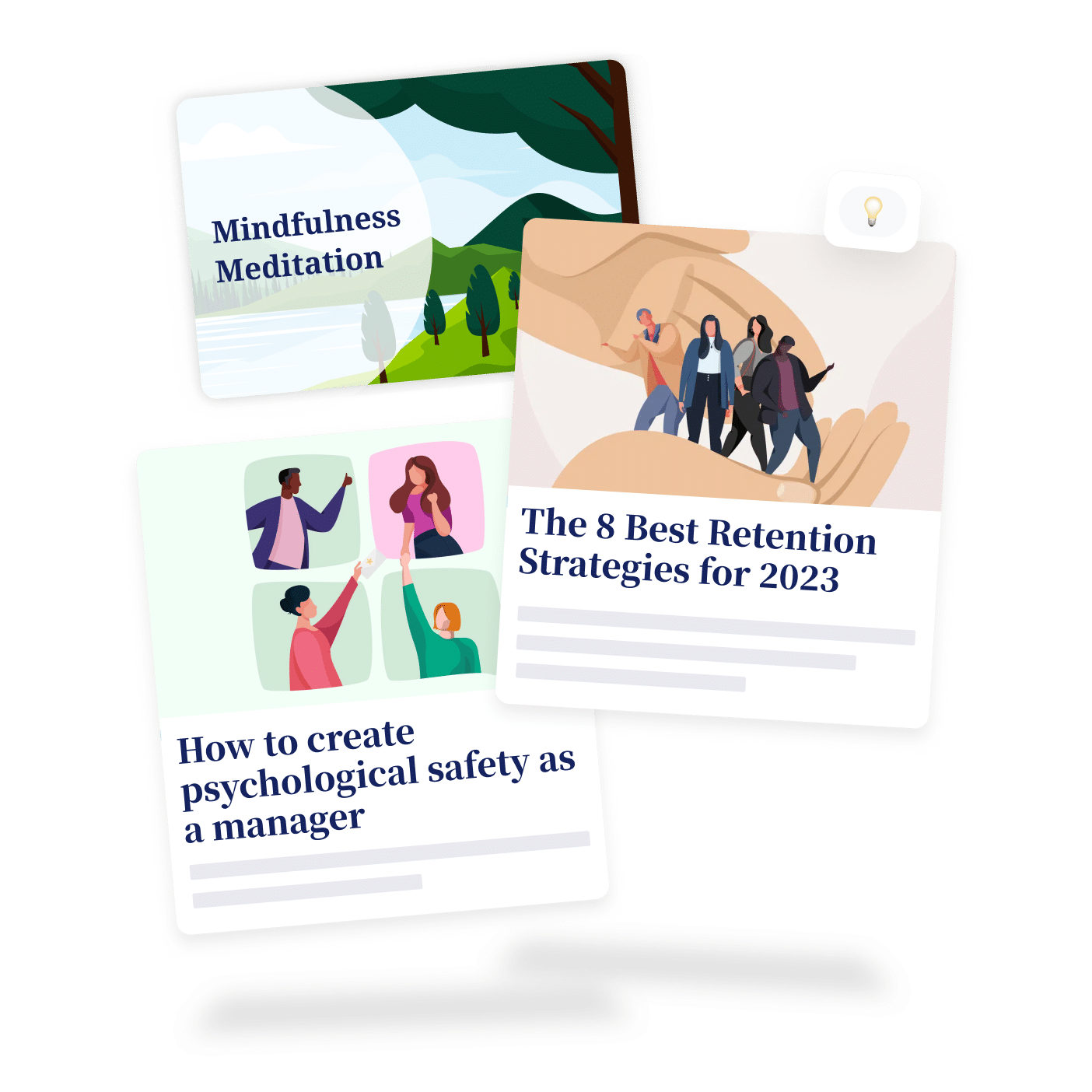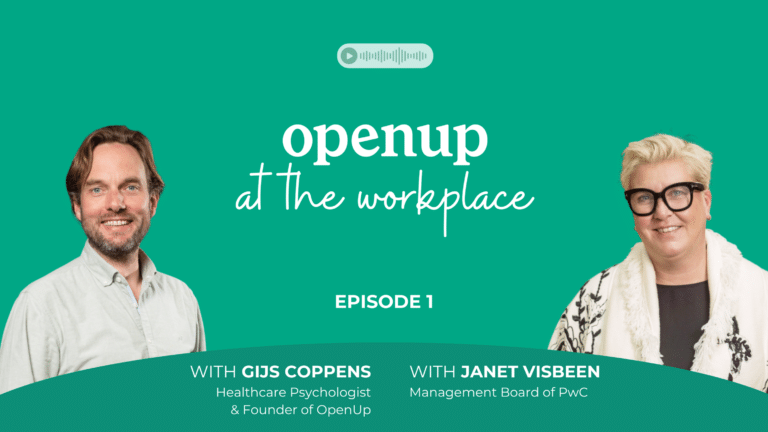In our fast-paced and ever-changing work environment, the ability to adapt to challenges and overcome setbacks is a necessity. Creating a culture in which resilience can thrive is consequently a powerful key to success.
In this article, we explore the definition of resilience, the different types of workplace adversity, and what you can do on an individual, team, and organisational level to help cultivate a culture of resilience.
Why Is Resilience in the Workplace So Important?
While the research on resilience in the workplace is still emerging, it has been steadily gaining momentum. To better understand its importance, consider the following scenario:
You’re a driven HR manager tasked with handling a company-wide restructuring that involves layoffs and reassignments. This situation can be immensely stressful, both for the HR professional and the affected employees.
Someone with low workplace resilience may feel overwhelmed and struggle to manage the process, leading to a negative impact on the company culture and employee morale.
On the other hand, an HR professional with high levels of resiliency will be better equipped to manage the changes. Because they can navigate uncertainties with more ease, they are more likely to approach difficult conversations with empathy and professionalism. This ensures that the process is conducted in a way that is sensitive to the employees’ needs.
Want to discover the other business mental health trends for 2023? Then take a look at this article
What Is Resilience Really?
OK, we now know that resilience at work is crucial. But what exactly does it entail? And what does resilience look like?
Resilience is a core competency that can be developed and cultivated, enabling individuals, teams, and organisations to face life’s inevitable ups and downs with greater ease.
When we hear the word ‘resilience,’ we might picture quickly bouncing back from hardships unscathed. However, resilience is much broader. Rather than toughening up and simply pushing through difficult times, it refers to our capacity to deal with stress and adapt to change while also learning and growing from those experiences. In that sense, resilience is a multi-dimensional concept that goes beyond only surviving adversity.
To be resilient means being able to face and navigate uncertainty, embrace new challenges, and take risks when needed. It encompasses emotional regulation, self-belief, a positive mindset, and a network of support.
What Is ‘Adversity’ in the Workplace?
Workplace adversity takes many forms, and the type of resilience needed to cope varies across different industries. For example, in the retail sector, employees might be tasked with dealing with demanding customers and high sales targets, whereas people in the IT industry may need to continuously keep up with tight project deadlines and rapidly changing technology.
Adversity can also be caused by organisational circumstances, such as difficult managers or high levels of bureaucracy. Perhaps somewhat paradoxically, even seemingly positive changes can be seen as an adverse factor, creating stress and pressure. Think of a promotion that suddenly leads to increased responsibility.
In a recent survey conducted by Dale Carnegie Training, the following elements were listed as the top five most commonly experienced adverse conditions:
- Exhausting workloads
- Reorganisation/changing job roles
- Difficult relationships with co-workers
- Job instability
- Conflicting values
Additionally, large disruptions on a bigger scale can also impact industries differently. COVID-19 is a perfect example of this. When the tourism and hospitality industry was brought to a standstill in 2020, an unprecedented loss of employment and revenue followed.
For many UK business owners working within the industry, the uncertainty and lack of clarity were at the forefront of their concerns. There was a general fear that it would take extremely long before pre-COVID-19 business levels would ever be achieved again, if at all. Nonetheless, a study also found differing opinions between businesses within the industry itself, dependent, for example, on how much their trade relied on seasonal highs.
Similarly, the COVID pandemic had a significant impact on the consumer goods industry. Yet some companies, like Procter & Gamble (P&G), were able to adapt and thrive. They took note of the increased demand for home cleaning and personal hygiene products and responded by ramping up production and investing in new products, such as the Microban 24 disinfectant.
What Benefits Does Resilience Offer at the Individual, Team, and Organisational Levels?
Building resilience in the workplace doesn’t just offer individual benefits. It can also create a ripple effect at the team and organisational levels. (And vice versa, of course!)
In general, resilient staff members are better able to handle stress, maintain a positive attitude, and adapt to change. Increased resilience not only helps someone recover from challenging experiences, but it can also assist their growth and development. This leads to improved job satisfaction, better mental health, and a healthier work-life balance. It also reduces the risk of burnout, emotional exhaustion, sleep problems, low energy, limited concentration, and poor performance.
When we look at the team level, resilience can foster better communication and collaboration, improved productivity, and a greater sense of shared purpose. The potential outcome is a team that performs better, achieves more, and meets or exceeds its objectives.
At the organisational level, promoting resilience can spark an innovative culture that adapts to new challenges and creates opportunities for growth. It can lead to a more motivated and engaged workforce, reducing turnover rates, and boosting employee retention.






